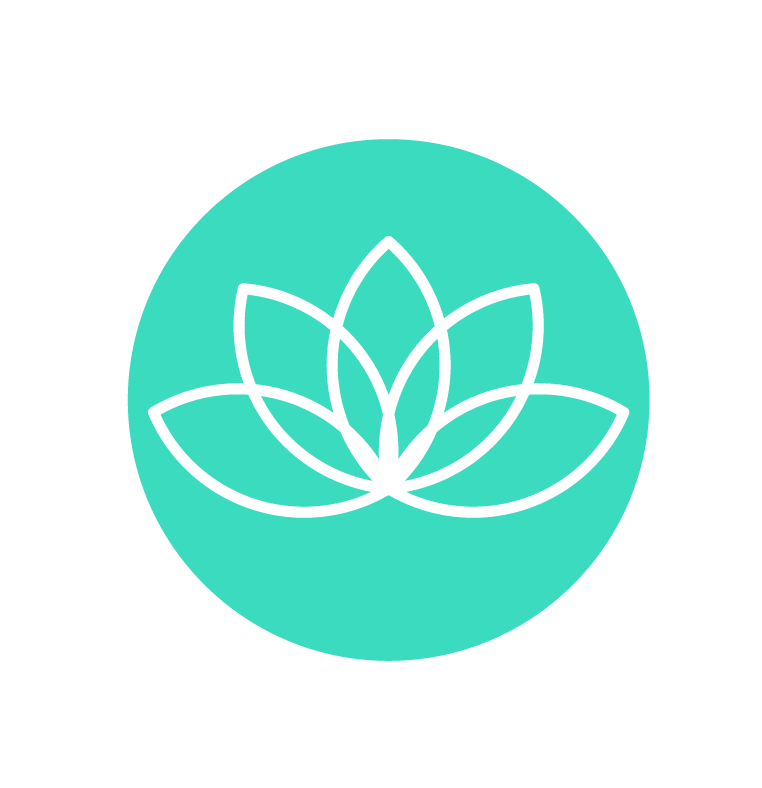 How does inserting needles into someone help improve health conditions? It seems paradoxical. How does acupuncture even work? Ask an acupuncturist and you may hear explanations of “removing blockages” or “getting the qi to move freely through meridians”. Perhaps you may be told that it will “strengthen certain organ systems”. All of these answers are true, but they often leave the public thinking that acupuncture is an ancient practice with no scientific backing.
How does inserting needles into someone help improve health conditions? It seems paradoxical. How does acupuncture even work? Ask an acupuncturist and you may hear explanations of “removing blockages” or “getting the qi to move freely through meridians”. Perhaps you may be told that it will “strengthen certain organ systems”. All of these answers are true, but they often leave the public thinking that acupuncture is an ancient practice with no scientific backing.
This is far from the truth. Studies have been done where blood samples were taken before and after acupuncture treatments. When compared, the blood samples after acupuncture showed higher white blood cell count, elevated antibodies, and more balanced levels of certain hormones. The findings show that immunity can be boosted, which is in part why acupuncture can help treat colds and flus, allergies, and sinus issues.
It was also found that acupuncture stimulated the release of endorphins, which are natural painkillers the body produces. This is just one of the reasons why a patient can get instant pain relief from back pain, fibromyalgia, or menstrual cramps. What about inflammatory conditions such as IBS, rheumatism arthritis, and Crohn’s? Thermal scans have shown that inflammation actually reduces as an acupuncture session progresses.
Scientists have even run MRI scans during acupuncture, and the results have been fascinating. Different areas of the brain are activated dependent on the location of the acupuncture point. So don’t be surprised if your acupuncturist is putting needles in your feet to treat a headache or choosing points on your legs to treat your stomachache. Everything is interrelated, so distal acupoints can often be even more effective than local ones.
So yes, acupuncture is an age-old medicine that has been around for over 3000 years. But it is far from the “voodoo art” that some have made it out to be.
References:
Cho ZH, Chung SC, Jones JP, Park JP, Park HJ, Lee HI, Wong EK, Min BI. New findings of the correlation between acupoints and corresponding brain cortices using functional MRI. Proc. Natl. Acad. Sci. USA Vol. 95, pp. 2670–2673, March 1998.
Pomeranz B, Chiu D. (1976) Naloxone blocks acupuncture analgesia and causes hyperalgesia: endorphin is implicated. Life Sci 19:1757-1762.
Teletherm Infrared Systems. (1987) Before and After Thermal Imaging Studies. < http://www.thermology.com/ba1.html>
University of Maryland Medical Center. (2013) Acupuncture. < https://umm.edu/health/medical/altmed/treatment/acupuncture>

Wonderful article! We are linking to this particularly great article on our site.
Keep up the good writing.
Hello my friend! I want to say that this post is amazing, nice written and include almost all vital infos.
I would like to peer more posts like this .